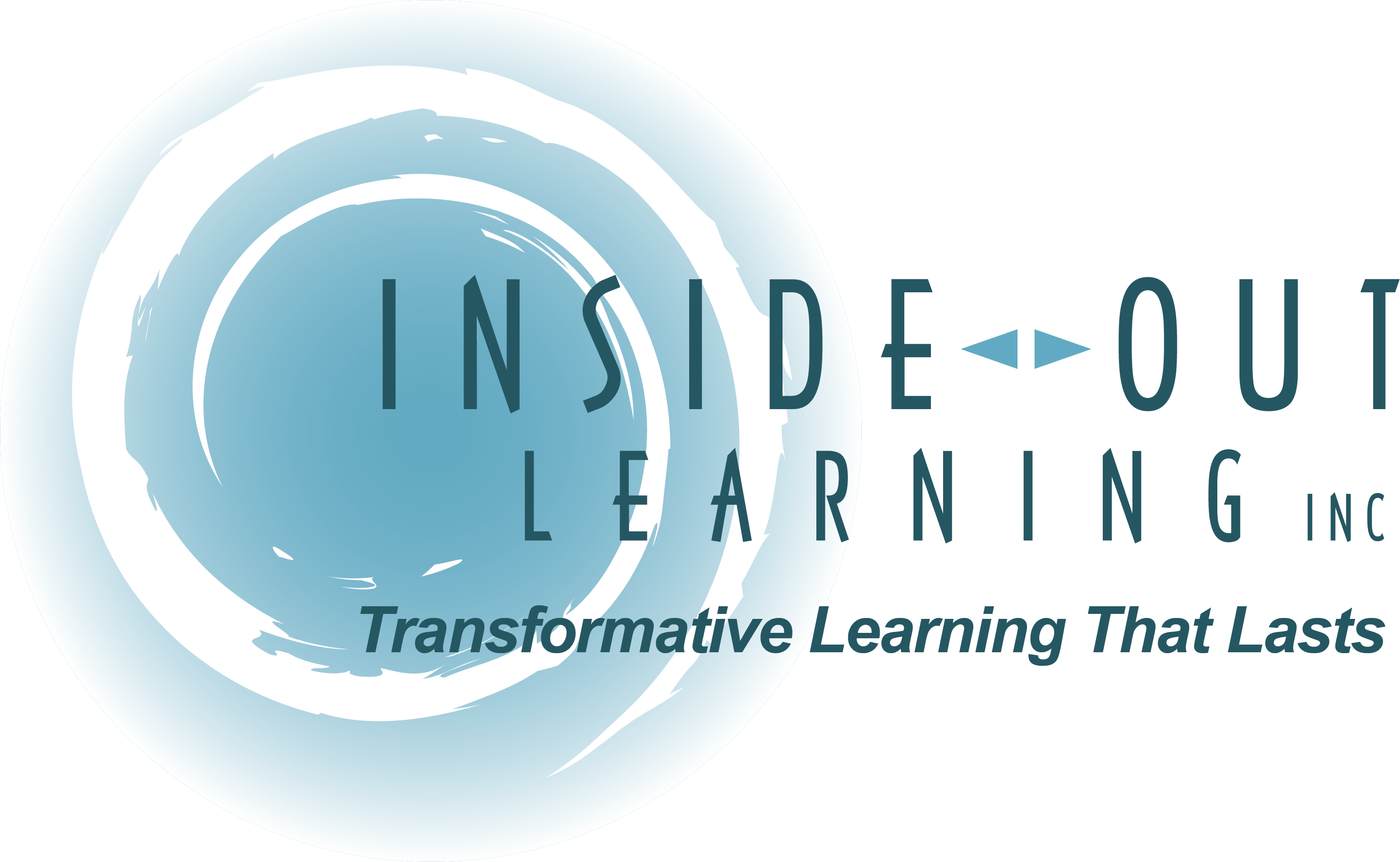5 Creative Tips for Building a Truly Inclusive and Diverse Work Culture
*Forwarded from Feedly*
5 Creative Tips for Building a Truly Inclusive and Diverse Work Culture
Too often, how we think about diversity is not diverse enough. There is a tendency to focus on race or gender at first, then gradually consider other diverse groups. People with intellectual disabilities (or ID) are often one of the last on the list.
“Inclusion of people with ID in the workplace is often blocked by two key forces,” according to Denis Doolan, Special Olympics chief of organizational excellence. “A lack of awareness about the skills and talents of people with intellectual disabilities (ID), and a lack of understanding of how to effectively recruit, onboard, and manage people with intellectual disabilities.”
These two forces prevent many well-intentioned organizations from including talented individuals with unique perspectives and lived experiences, depriving these individuals of opportunities to advance in their lives and careers. Not only do organizations miss out on creativity and productivity, but the opportunity to boost engagement and culture by truly embracing and celebrating all differences.
Eighty-nine percent of people want their organization to be inclusive to those with ID, according to data from Skillsoft’s Intellectual Disabilities in Workplace DEI survey. In contrast, only 45 percent of those respondents believe their diversity, equity, and inclusion (DEI) policies include people with ID.
How can leaders go about building a fully inclusive work culture? Here are the top five tips to get started, from the report:
Actively seek and nurture neuro-diverse and differently-abled talent.
Every human has a unique set of talents to contribute to the workplace. Educate and coach executives and managers to make a genuine, sustained effort to build, develop, and support diverse teams. To get started, companies can partner with organizations like Special Olympics to learn how to train and support diverse talent, build their skillsets, and teach managers how to create a fully inclusive workplace culture. Ensure all talents are welcomed, valued, and given meaningful opportunities to grow and contribute. Intentionally create workspaces that accommodate diverse abilities in look, feel, and design.
Invite all voices to be part of the journey.
Doing things ‘for them’ and not ‘with them’ is not effective. Seek to include voices in the conversation and decision-making at every level, ability, and practice of the organization. Like any other group, people with ID will welcome the opportunity to create an environment that is inclusive of their needs and enables them to contribute their skills and talents. Ensure that support and advocacy groups for DEI include people with ID to explore their specific needs and opportunities.
Embrace various learning and communication styles.
Boost performance and productivity for all by offering a variety of delivery methods. For example, some people – with or without a disability – understand information better in visual form. Pair a company announcement or memo with an infographic or a storytelling format.
“Our new strategic plan has an ‘easy-read’ version which had people with intellectual disabilities in mind,” said Doolan. “Later we discovered that most staff use the easy-read version over the regular version because it just makes things easier to understand.”
Integrate inclusive practices, listening, and facilitation techniques.
Many workplaces celebrate fast-paced, agile cultures – but this doesn’t always foster diversity. Create ample, safe space and time for people to reflect and respond. Coach leaders across the organization to allow time for thoughtful discussions and reflection in one-on-ones and team meetings, and invest in learning experiences that provide diverse modalities and prioritize accessibility. Start by focusing on daily behavior: simple things like greeting all colleagues or using a positive tone of voice make for a positive contribution.
Avoid tokenism by building a culture of learning.
Every human has potential. Enabling talent with intellectual disabilities to build career paths and grow is paramount to success. Too often organizations fall into the trap of creating DEI programs without investing in long-term talent advancement.
“In one job I had all I ever did was photocopying,” said Emmanuelle Dutra, Special Olympics Brazil athlete. “It was very frustrating because no one ever took the time to explore the other ways I could contribute to the business. In other jobs since then, I’ve shown I can do a lot more.”
Situations like this can be prevented by creating inclusive talent assessments and review processes that do not discriminate on ability, but rather, support it and ensure an ongoing dialogue. This requires a mindset shift from “culture fit” to “culture add.”
When a workplace is inclusive, everyone benefits. Supportive, positive environments where individuals are empowered to grow and contribute increase team productivity – making the workplace better for all.
via Inc.com “https://www.inc.com/”
March 8, 2021 at 02:55AM
